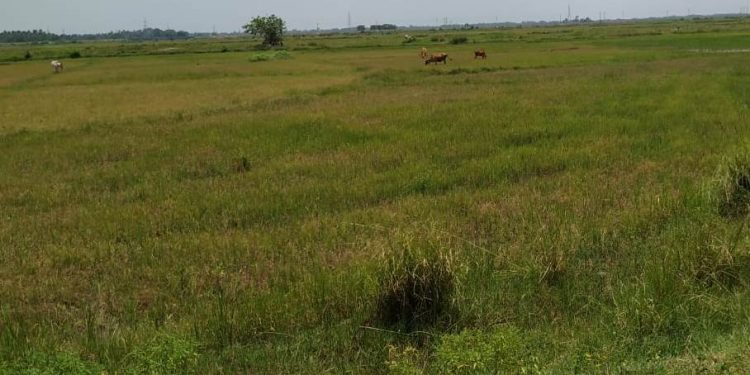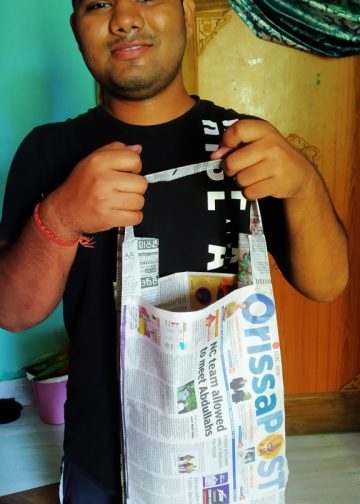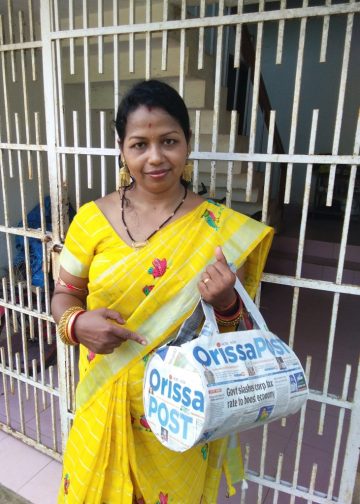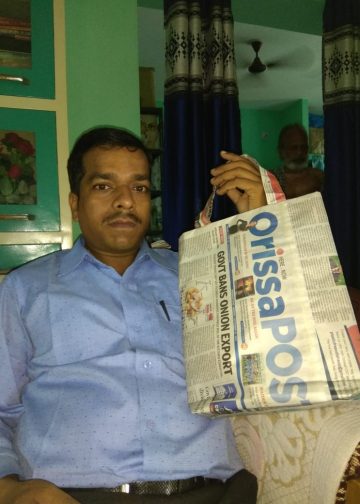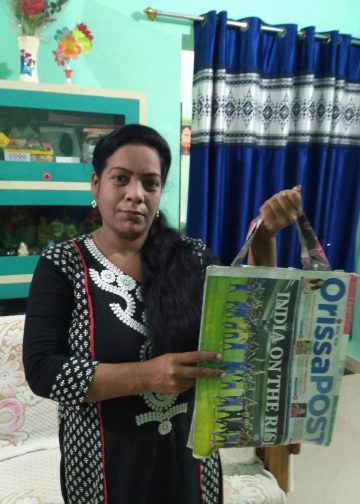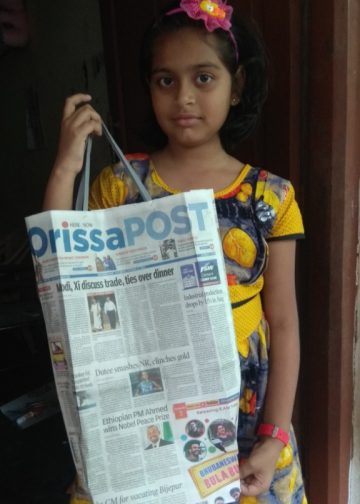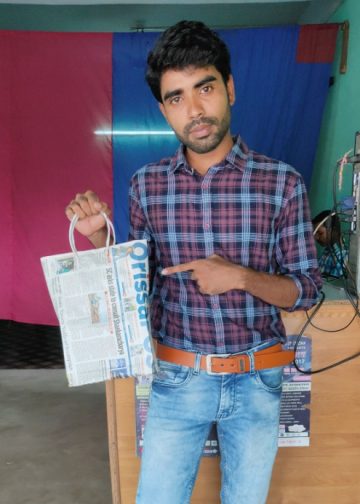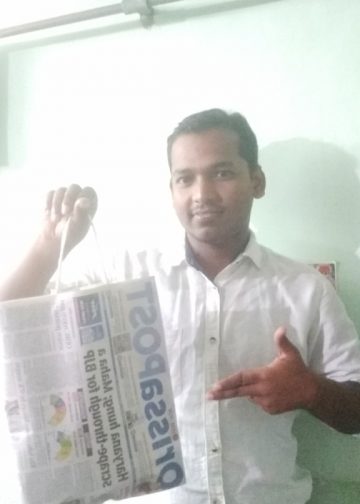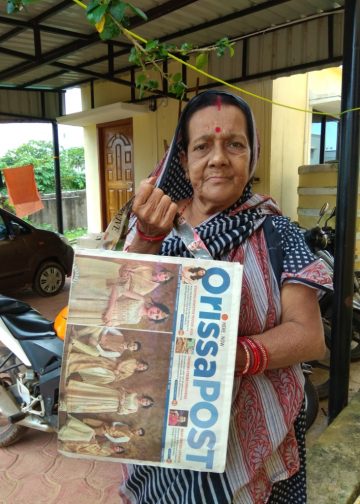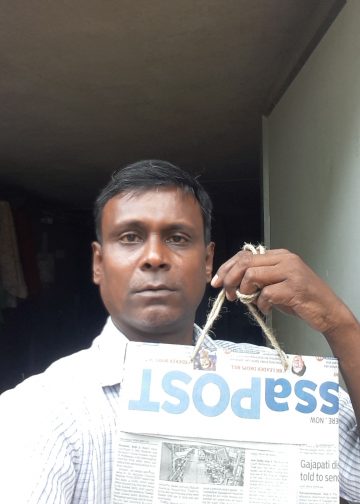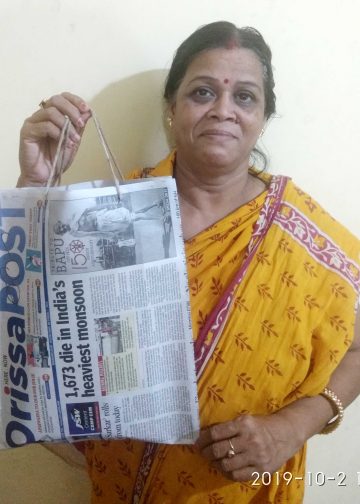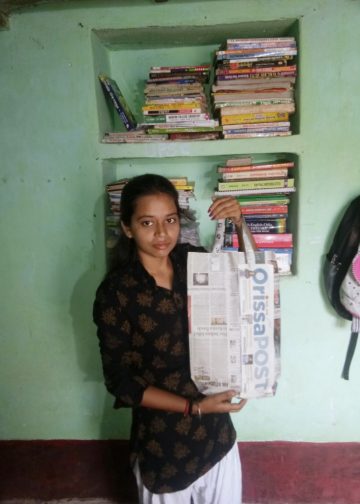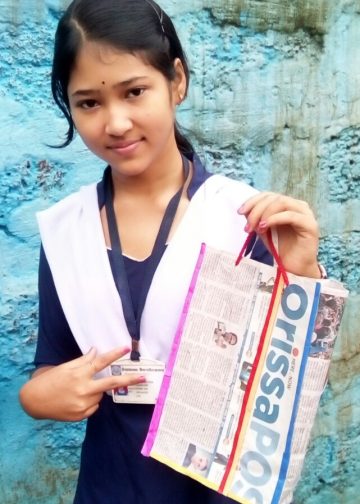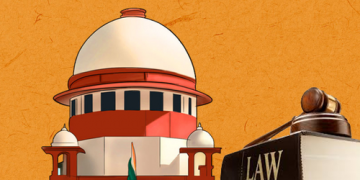Kendrapara: Over 70 per cent population of Kendrapara district depends on agriculture for livelihood. However, lack of proper irrigation facilities and ineffective drainage management have become major obstacles for agriculture in the district. The coastal district, home to seven rivers and 27 distributaries, has potential water pathways.
Canals like Kendrapada, Pattamundai, and Gobari, along with nearby Mahanadi and Chitrotpala water projects, have been established to support irrigation. Despite these efforts, more than half of the district’s agricultural land does not receive water during the cropping season. Flooding and storm-related drainage issues only exacerbate the situation. While various government departments, including the Water Resources, Agriculture, Panchayati Raj, and Lift Irrigation Departments, are involved in the district, many areas remain underserved. Blocks such as Aul, Rajnagar, and Rajkanika still lack canals, and the departments have made little progress toward the state government’s goal of ensuring at least 35 per cent of land in each block is covered by irrigation.
In Rajkanika block, lift irrigation has managed to supply water to 33.62 per cent agricultural land. Meanwhile, in Mahakalapara block, out of 28,070 hectare farmland, only 6,823 hectare (24.31%) is irrigated. In Rajnagar, only 19.16 per cent of the 25,895 hectare is irrigated. Each year, the district aims to irrigate 1,54,000 hectare land for Kharif crops, allocating funds for seeds, fertilisers, pesticides, and technical knowledge. However, due to water management issues, these efforts are not reaching farmers effectively.
As a result, farmers are abandoning agriculture and migrating outside state in search of work. According to the district’s Agriculture department, only 47,727 hectare out of the targeted 154,000 hectare land is receiving irrigation via canals. Through lift irrigation and tube wells, a total of 30,781 hectare farmland in the district is irrigated, with other sources providing water to 10,624 hectare. Despite government data showing progress, farmers argue that the figures are unrealistic and the situation on the ground tells a different story. Farmers like Niranjan Parida from Kansar village under Kendrapara block, Sushanta Nayak from Barahadomunda village under Rajkanika block, Tulu Pradhan from Hatia under Rajnagar block, and Sunil Kumar Gantayat from Mahakalapara block revealed that the canals are covered with aquatic weeds, which reduce the irrigation efficiency of these canals. With the canals not being dredged in a timely manner, the water does not reach fields at the far end of the canals, they alleged. In some areas, canals have been dug so deep that the water does not flow to the fields. Lift irrigation projects have also proved ineffective due to issues with power supply and lack of maintenance. The Pani Panchayats established by the Odisha Lift Irrigation Corporation (OLIC) under the Odisha Pani Panchayat Act in the district have also become ineffective.
Flooding and storms continue to devastate crops every year, while drainage issues persist. There is an urgent need for improved water management solutions, including barrages, check dams, and connected coastal canals, to prevent water from flowing to the sea and enhance irrigation across the district. Umesh Chandra Sethy, the district’s lift irrigation officer, stated that efforts to prioritise canal irrigation are underway and benefits for the district’s residents are expected soon.

